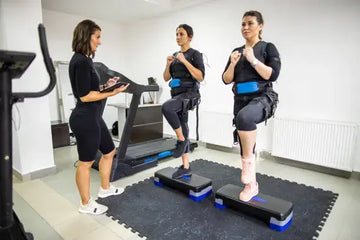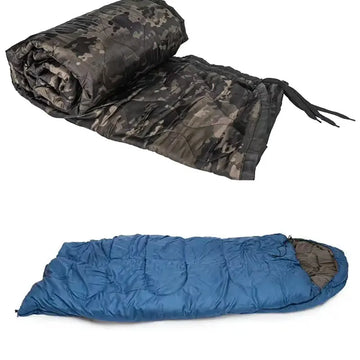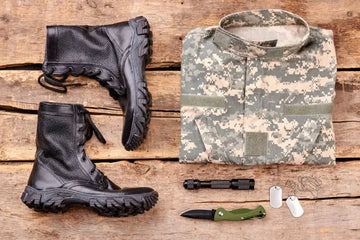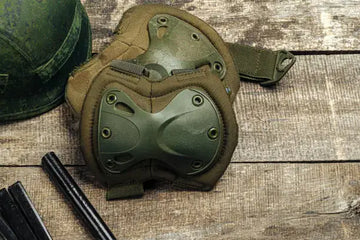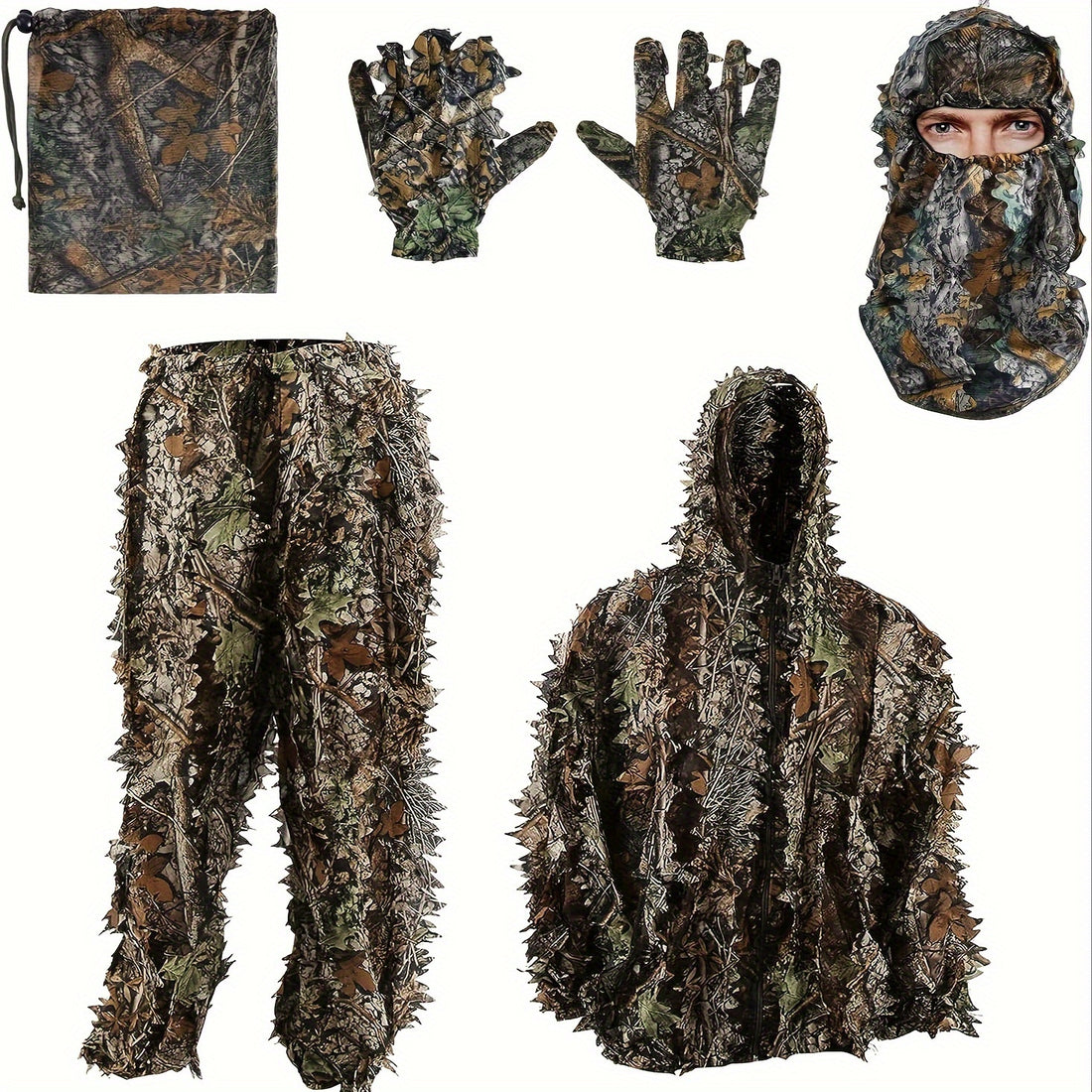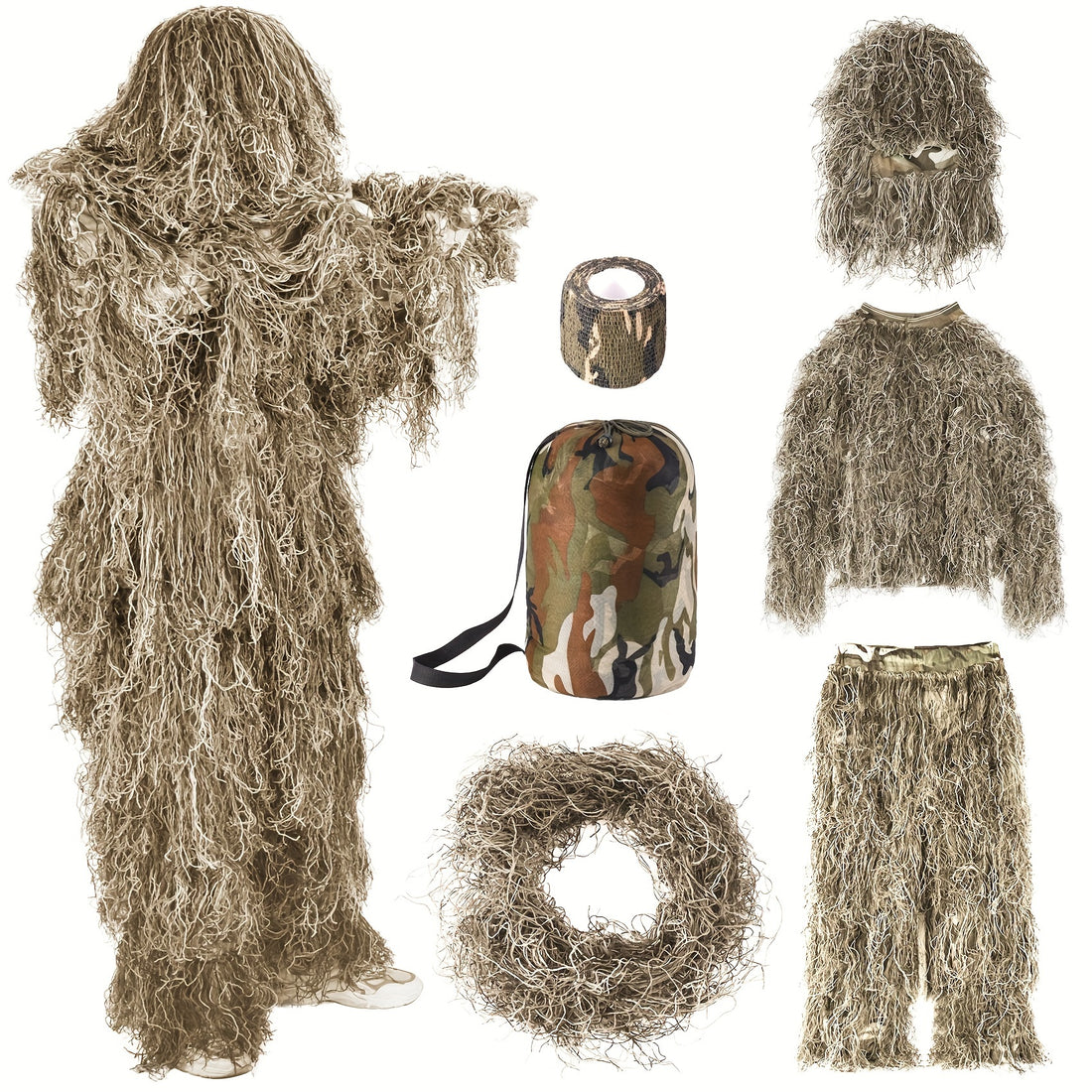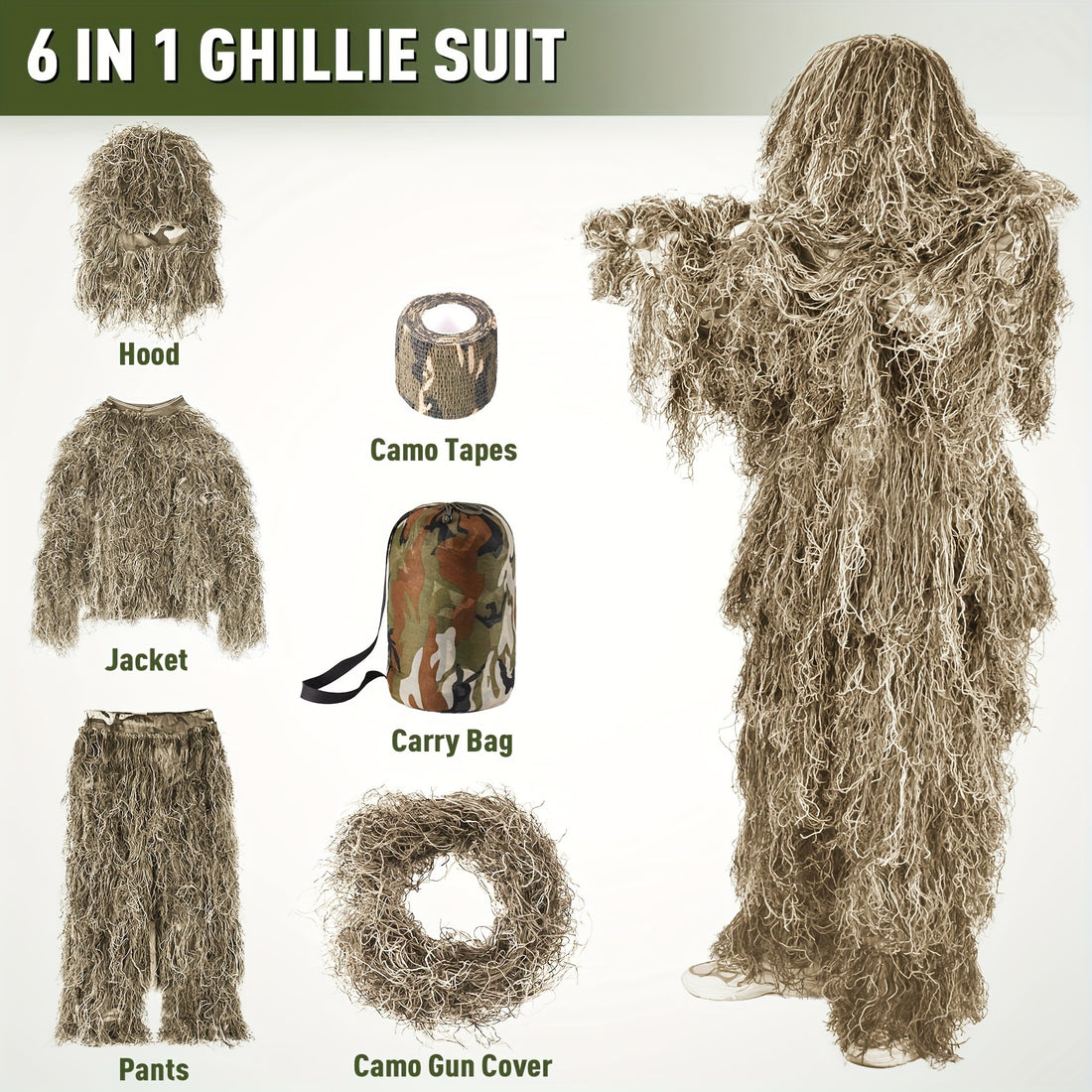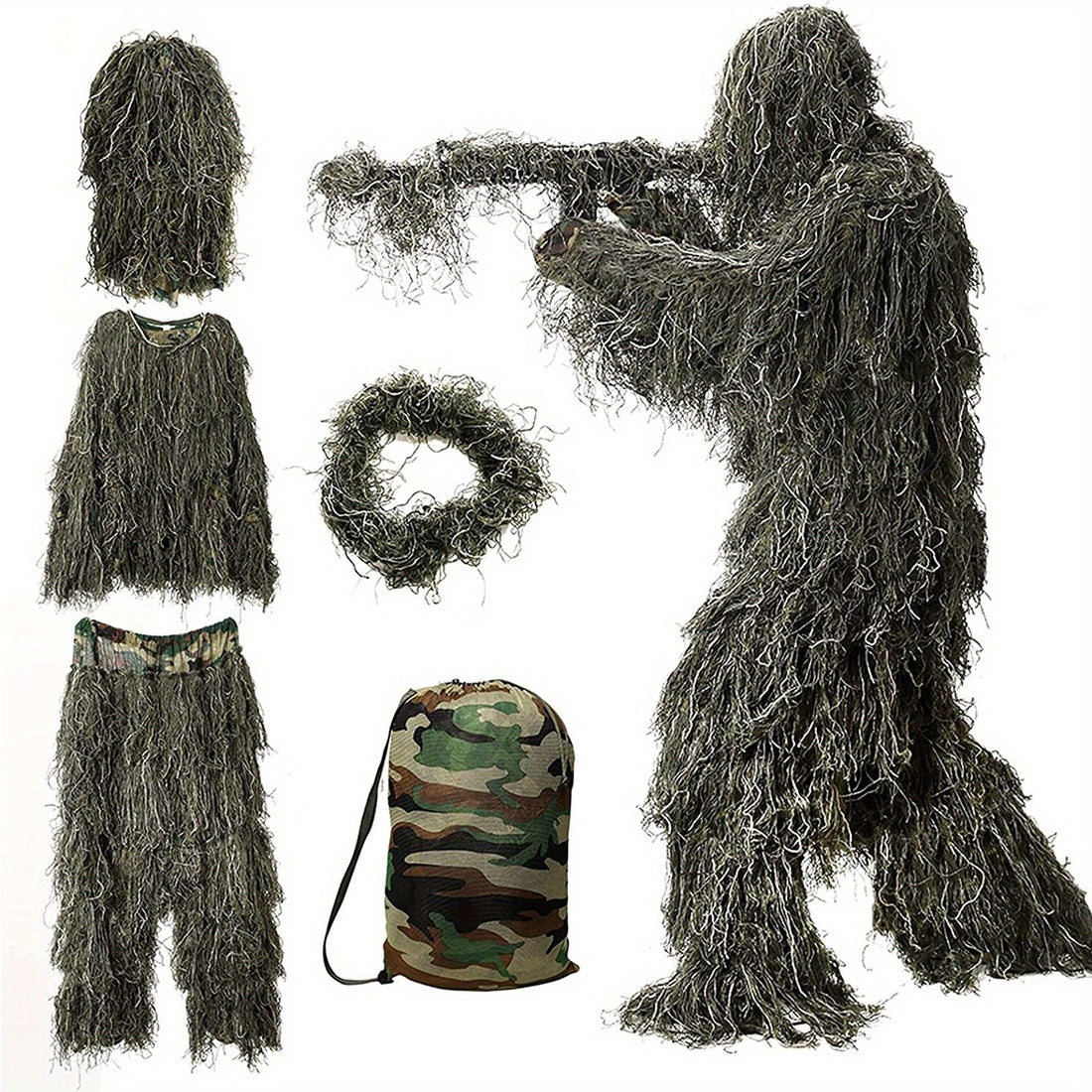Working out with a weighted plate carrier has revolutionized my fitness routine. Initially, I thought it was only for tactical training, but it's so much more.
Here’s how you can use a weighted plate carrier to amp up your exercise regimen and achieve incredible results.
Getting Started with a Weighted Plate Carrier
First things first, choose the right weighted plate carrier. It should fit snugly but comfortably. For my workouts, I use a plate carrier designed to hold weight plates securely. This ensures that the added weight is evenly distributed, reducing the risk of injury. Unlike a weighted vest, which is often used for general fitness and can have adjustable pockets, a weighted plate carrier is more structured and durable, often featuring MOLLE webbing for attaching additional gear.
Choosing the Right Weight Plates
When it comes to selecting weight plates for your carrier, it's important to start light and gradually increase the weight. Beginners might start with 5-10 pounds per plate, totaling 10-20 pounds.
As you become more comfortable and stronger, you can increase the weight. Advanced users might carry plates weighing 20 pounds each, totaling 40 pounds.
Always ensure the weight plates fit securely in your carrier to avoid shifting during workouts.
Warm-Up is Crucial
Before strapping on the weighted plate carrier, a proper warm-up is essential. I start with dynamic stretches to get my blood flowing.
Think arm circles, leg swings, and torso twists. This prepares my muscles for the added resistance.
A good warm-up reduces the risk of injury and helps your body transition into the intense workout ahead.
Core Workouts
One of the best ways to utilize a weighted plate carrier is during core workouts. I begin with basic exercises like planks and sit-ups. The added weight makes each rep more challenging, engaging my core muscles more effectively.
For instance, doing planks with a weighted plate carrier increases the intensity. Hold for 30 seconds, rest for 10, and repeat three times. You’ll feel the difference almost immediately. Similarly, sit-ups with the added weight target your abs more efficiently, building stronger core muscles.

Cardiovascular Training
Next, incorporating the weighted plate carrier into cardio sessions can drastically boost your endurance. I enjoy running with my plate carrier. Start with a light jog to get used to the added weight. Gradually, increase your pace as you become more comfortable.
Additionally, try incorporating high-intensity interval training (HIIT). Sprints, burpees, and mountain climbers with a weighted plate carrier push your cardiovascular system to new limits.
A typical session might look like this: 30 seconds sprint, 30 seconds rest, repeated for 10 minutes.
The weight adds an extra challenge, enhancing your cardiovascular fitness and burning more calories.
Strength Training
Strength training with a weighted plate carrier is another game-changer. Exercises like push-ups, squats, and lunges become significantly more challenging. I often do push-ups with my plate carrier on. Three sets of 10 reps will have your muscles burning.
Squats are also great. The weighted plate carrier adds resistance, working your quads and glutes harder.
Make sure to maintain good form to avoid injury. I usually do three sets of 15 reps.
Lunges with the carrier improve balance and strength, particularly in your legs and core.
Functional Movements
Incorporating functional movements can also be highly effective. Exercises like farmer’s walks, box jumps, and kettlebell swings are excellent choices.
Farmer’s walks with a weighted plate carrier build grip strength and improve overall stability.
Box jumps with added weight enhance explosive power, and kettlebell swings target multiple muscle groups, increasing functional strength.
Cool Down and Recovery
Finally, don’t skip the cool-down. Removing the weighted plate carrier and performing static stretches helps reduce muscle soreness.
Focus on stretching the muscles used during your workout, such as your legs, arms, and back.
Holding each stretch for at least 30 seconds ensures a thorough cool-down, aiding in recovery and flexibility.
Consistency is Key
Using a weighted plate carrier has made my workouts more intense and effective. However, consistency is key. Incorporate the plate carrier into your routine gradually.
Listen to your body and adjust the weight as needed. Consistent training with a weighted plate carrier will yield significant improvements in strength, endurance, and overall fitness.
Additional Tips for Success
1. Hydration: Always stay hydrated. The added weight increases your body's demand for water. Drink plenty before, during, and after your workout.
2. Proper Form: Pay close attention to your form, especially with added weight. Poor form can lead to injuries. If necessary, consult a trainer to ensure you’re performing exercises correctly.
3. Progressive Overload: Start with lighter weights and gradually increase as your strength improves. This helps your body adapt safely to the added resistance.
4. Listen to Your Body: If you feel pain (not to be confused with the normal discomfort of working out), stop immediately. Consult a healthcare professional if necessary.
5. Rest and Recovery: Give your body time to recover. Incorporate rest days into your routine to prevent overtraining.
Conclusion
In conclusion, working out with a weighted plate carrier can elevate your fitness routine to new heights. From core workouts to cardio and strength training, the possibilities are endless. Just remember to start slow, stay consistent, and always prioritize safety.
If you haven’t tried exercising with a weighted plate carrier yet, now is the time. It’s a simple addition that makes a huge difference. Whether you’re looking to build muscle, improve endurance, or enhance overall fitness, a weighted plate carrier can help you achieve your goals.
Give it a shot, and you’ll see improvements in your strength, endurance, and overall fitness. Happy training!


